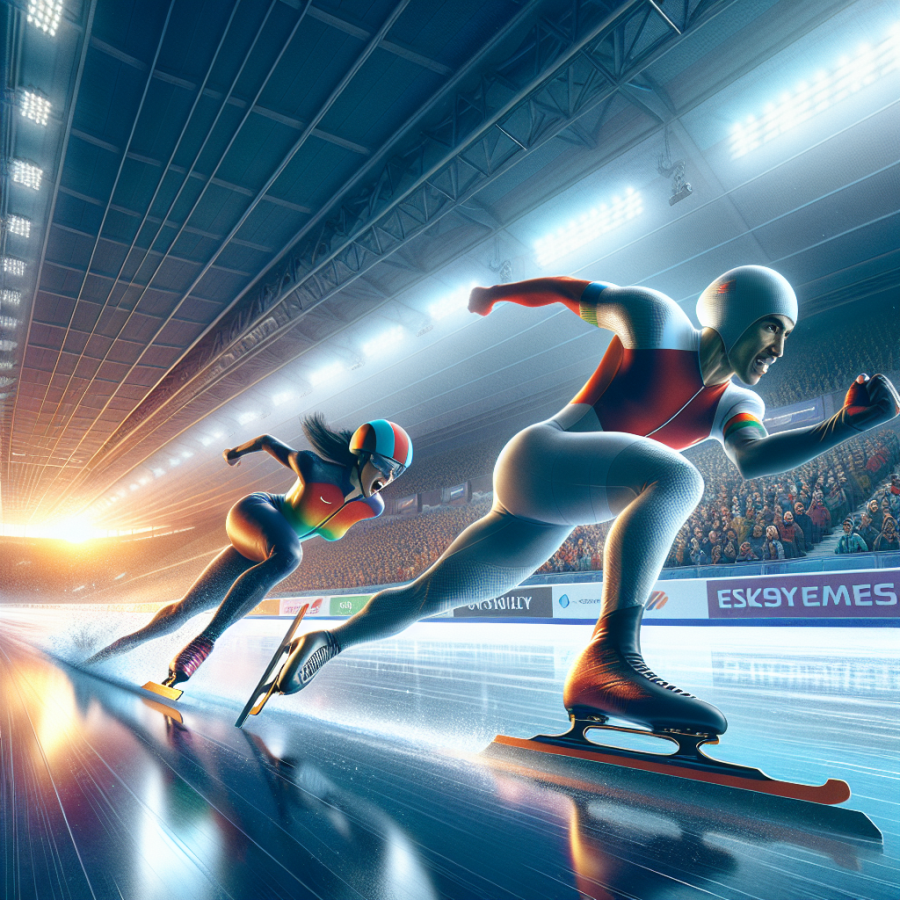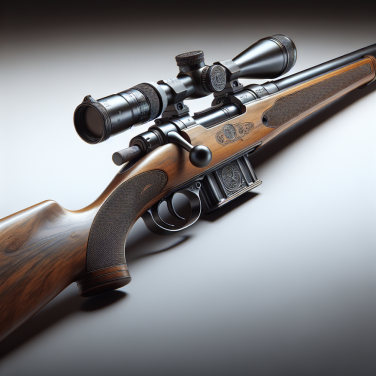Techniques and Training: Mastering Long-Distance Ice Victories
Long-track speed skating is a test of endurance, precision, and tactical finesse. To achieve long-distance ice victories, skaters must engage in rigorous techniques and training methods that help them harness speed, stamina, and strategy on the ice.
Firstly, an athlete's technique is paramount, with the cornerstone being the skating stride. The longer and more efficient the stride, the greater the glide with minimal energy expenditure. Skaters must work to perfect their form by practicing a deep knee bend, proper arm swing, and precise timing to maximize propulsion on the ice. This includes maintaining a low center of gravity to improve balance and stability.
The angle at which the skate blade strikes the ice is another critical element. The blade should enter the ice at an angle that optimizes the skater's lateral push-off, ensuring the push is directed backward rather than to the side, which increases forward momentum. Perfecting this technique requires countless hours of on-ice drills focusing on ankle flexibility and leg strength.
Skaters also dedicate significant time to off-ice training. This includes general cardiovascular conditioning and specialized exercises to build the muscle groups most essential to speed skating, such as the quadriceps, hamstrings, glutes, and core muscles. Plyometric training is often introduced to improve explosive strength, which is crucial for powerful starts and acceleration.
On-ice endurance training is equally important. Skaters often engage in interval training sessions that mimic the demands of a race. This approach helps condition the body to sustain high speeds over the distance of the race, which can range from 1,500 meters to 10,000 meters for long-track events. Interval sessions typically involve short bursts of high-intensity skating followed by periods of active recovery.
Tactical prowess is another aspect that can make or break a race. Skaters must learn how to pace themselves effectively, conserving energy for the latter stages of the race where it can be strategically unleashed. As they encounter different competitors with varying strategies, adapting their own race plan in response is a skill that comes from experience and extensive knowledge of opponents' strengths and weaknesses.
Fine-tuning the equipment also plays a key role. The proper bending of the skate blade to suit individual technique and ice conditions can provide critical advantages. Additionally, the aerodynamics of the skater's suit and position can offer marginal gains that accumulate over the course of a race.
Mental training cannot be overlooked.
Read also:
Soaring High: The Thrills of Hang Gliding Adventures
The Athletic Grace of Long-Track Speed Skating
Long-track speed skating, unlike its more turbulent short-track sibling, is a sport where power and endurance merge with elegance and technical precision. Skaters, adorned in sleek suits designed to slice through the air with the least resistance, take to the ice with a poised determination that belies the intense physical and mental demands of their discipline.
The uninitiated might overlook the incredible athleticism required to excel in this sport, but a closer examination reveals that every motion a skater makes is a result of meticulous training and extraordinary physical fitness. The seemingly effortless glide across the ice is powered by leg muscles honed to deliver explosive yet sustained strength. As skaters push off on each stride, they are effectively performing a series of unilateral squats at high velocity, propelling themselves forward with force and control.
What truly sets these athletes apart is their ability to maintain high speeds over significant distances, ranging from 500 meters to a grueling 10,000 meters. This requires not only physical strength but also exceptional cardiovascular conditioning. Athletes train to optimize their VO2 max, allowing their bodies to efficiently consume oxygen during their races. Furthermore, their training includes a focus on pacing and energy distribution to ensure that they can sustain their speed throughout the race, culminating in a powerful finish.
Technique is paramount in long-track speed skating, and here too, one can see the athletic grace at play. Skaters employ a deep-seated gliding position, knees bent at almost 90 degrees, as they carve into the ice. Maintaining this position minimizes air resistance and maximizes the skater's aerodynamic profile. The precision with which skaters angle their blades, known as the clap skate, to maintain contact with the ice and to optimize each push-off is a testament to their skill and their deep understanding of the physics that govern their sport.
The turns, or corners, on the long-track ice rink pose a unique challenge, where centripetal force and balance converge. Skaters must lean into the curves, often at angles that seem to defy gravity, all the while managing their speed and controlling their trajectory. This delicate dance between momentum and direction requires a nuanced sense of balance and timing, tailoring each stroke to the curvature of the track.
In the long stretches between corners, skaters synchronize their arm swings with their leg strides, a balletic coordination that not only aids in maintaining rhythm but also propels them forward. The upper body plays a more understated but no less critical role.




